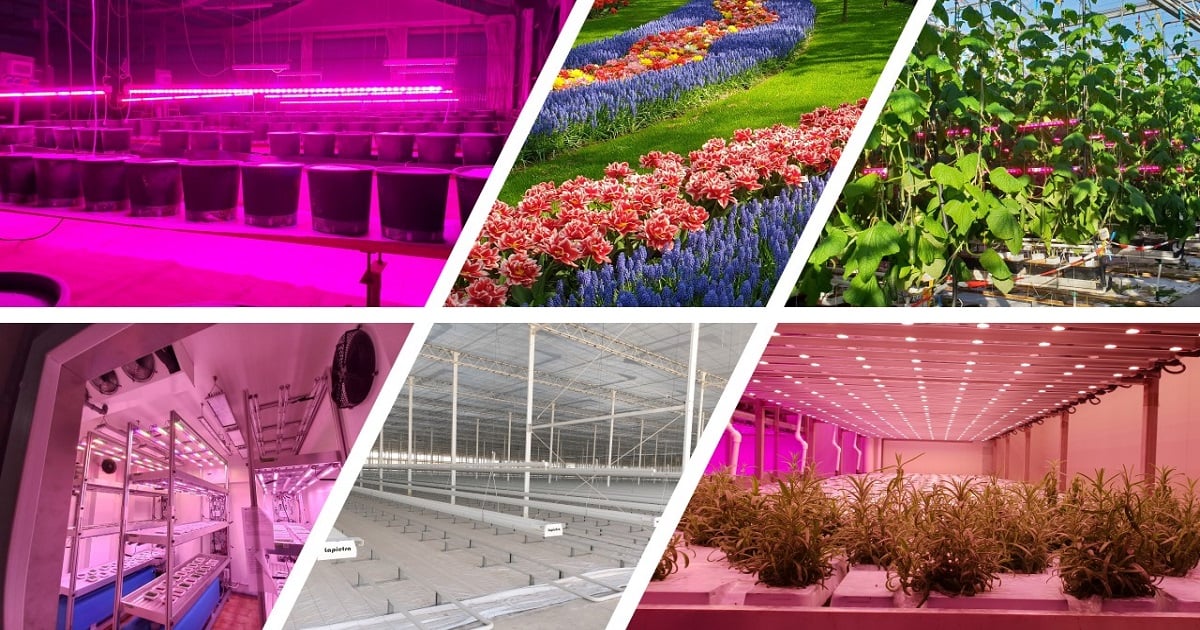Advanced Lighting Strategies for Controlling Crop Development and Quality
A special issue of Agronomy (ISSN 2073-4395). This special issue belongs to the section "Plant-Crop Biology and Biochemistry".
Deadline for manuscript submissions: 31 May 2025 | Viewed by 5472

Special Issue Editors
Interests: vegetables; greenhouse; plant physiology; artificial light; growth chamber; soilless; hydroponic; aquaponic; microgreens; sprouts; water management; nutrient solution; horticulturae; tomato; cucumber; melon; leafy vegetables; vegetables quality; agronomic technique; open field; grow media
Special Issues, Collections and Topics in MDPI journals
Interests: soilless systems; artificial light application; biostimulants; abiotic stresses
Special Issues, Collections and Topics in MDPI journals
Special Issue Information
Dear Colleagues,
Currently, with the introduction of light-emitting diodes (LEDs) as a source of artificial lighting in horticulture, there has been considerable developments in the applications of this technique for both greenhouse and indoor applications. Similarly, the use of this technology has slowed down considerably due to the surge in electricity costs that occurred in the post-pandemic period and still carries some repercussions today.
This Special Issues aims to provide a comprehensive overview of recent advancements in lighting strategies and their impact on the development and quality of vegetable, flower, and ornamental crops. It aims to explore cutting-edge research on the utilization of innovative light management systems with different wavelengths, light intensities, photoperiods, and lighting technologies to manipulate various aspects of plant growth, reducing electric energy requirement, and increasing the agronomic inputs’ use efficiency.
We are soliciting papers presenting original research, reviews, and perspectives on spectral manipulation, lighting technology innovations, physiological responses of plants to light, and practical applications of advanced lighting strategies in agriculture, horticulture, and controlled environment settings.
Dr. Onofrio Davide Palmitessa
Dr. Giacomo Cocetta
Guest Editors
Manuscript Submission Information
Manuscripts should be submitted online at www.mdpi.com by registering and logging in to this website. Once you are registered, click here to go to the submission form. Manuscripts can be submitted until the deadline. All submissions that pass pre-check are peer-reviewed. Accepted papers will be published continuously in the journal (as soon as accepted) and will be listed together on the special issue website. Research articles, review articles as well as short communications are invited. For planned papers, a title and short abstract (about 100 words) can be sent to the Editorial Office for announcement on this website.
Submitted manuscripts should not have been published previously, nor be under consideration for publication elsewhere (except conference proceedings papers). All manuscripts are thoroughly refereed through a single-blind peer-review process. A guide for authors and other relevant information for submission of manuscripts is available on the Instructions for Authors page. Agronomy is an international peer-reviewed open access monthly journal published by MDPI.
Please visit the Instructions for Authors page before submitting a manuscript. The Article Processing Charge (APC) for publication in this open access journal is 2600 CHF (Swiss Francs). Submitted papers should be well formatted and use good English. Authors may use MDPI's English editing service prior to publication or during author revisions.
Keywords
- smart light management systems
- input use efficiency
- light emitting diodes (LEDs)
- greenhouse horticulture
- vertical farming
- indoor farming
- vegetables quality
Benefits of Publishing in a Special Issue
- Ease of navigation: Grouping papers by topic helps scholars navigate broad scope journals more efficiently.
- Greater discoverability: Special Issues support the reach and impact of scientific research. Articles in Special Issues are more discoverable and cited more frequently.
- Expansion of research network: Special Issues facilitate connections among authors, fostering scientific collaborations.
- External promotion: Articles in Special Issues are often promoted through the journal's social media, increasing their visibility.
- e-Book format: Special Issues with more than 10 articles can be published as dedicated e-books, ensuring wide and rapid dissemination.
Further information on MDPI's Special Issue policies can be found here.






